From Arequipa, our group traveled in a van through the Pampa Canahuas Reserve on our way north to the town of Chivay in the Colca Canyon. This was our first venture away from cities and into the highlands of the Andes, through a starkly arid yet beautiful landscape of dramatic mountain peaks, scrubby groundcover, and no trees. We took a short break at this spot where water (from a spring?) provided a nice hangout for this mixed flock of llama and alpaca.
Our guide, César, was now very much in teaching mode, and thus began the impartation of the many facts we would learn about Peru. These lessons fall mostly into a few main categories: Inca civilization, indigenous peoples, food (potatoes, potatoes, and more potatoes), camelid species, and textile traditions. Although we have plenty of these animals on farms in Colorado, it was interesting to see and learn about these 3 main species of camelids commonly found in Peru:
The llama, the largest and strongest of the camelids, used mainly for carrying burdens.
The alpaca, somewhat smaller, produces fiber which is prized for its softness and is used extensively in woven and knitted textiles. Alpaca also frequently appears on the menus of local restaurants.
The vicuña, which is not domesticated, so we had to be content with a view from a distance. Vicuña have extremely fine fur, which made them such a favorite of poachers that they were hunted to near extinction and are now a protected species.
Although we had just come from Arequipa, which is at an elevation of about 7600 feet, we were now ascending to greater elevations, including going through one 16,000-foot pass. So it wasn’t surprising that some in our group who live at sea level began to experience some of the distressing effects of altitude sickness at this point. Having come from the Mile-Hi City originally, Joe and I did pretty well with that and it wasn’t a problem as long as we stayed hydrated and didn’t over-exert on hikes.
In the afternoon, we arrived at the overlook to Chivay, where we saw our first glimpse of the famous terraces first created in pre-Inca times by the ancestors of the Collagua and Cabana people who inhabit the Colca Canyon area now.
After settling in our hotel, those of us who felt up to it set out for La Calera hot springs to have a dip in the healing mineral water. You’ll be glad to know that none of us entered “the pool stage of alcoholism,” but we did “rub in the shower before entering the pool.”
Feeling appropriately refreshed, we then went back to the town to do some exploring. Chivay is a lovely small town, but they do have some very odd statues.

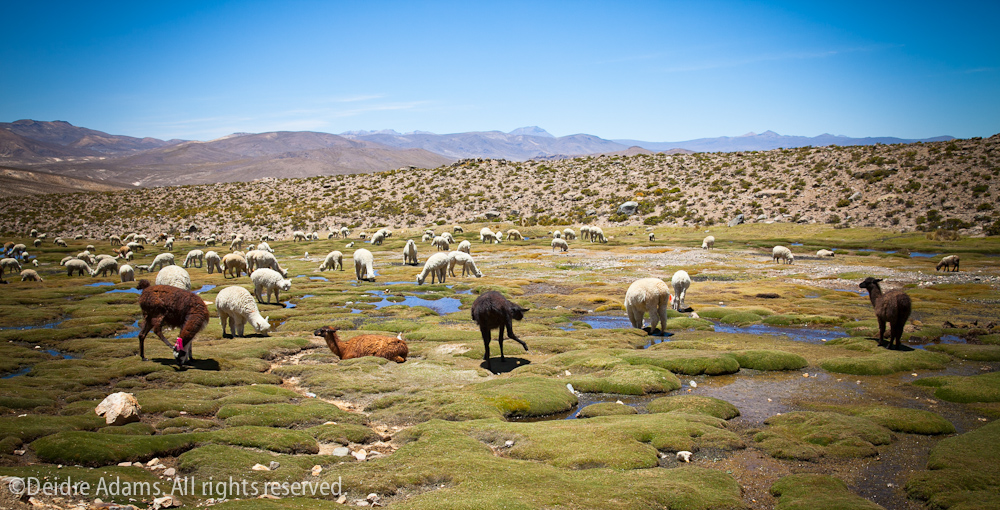
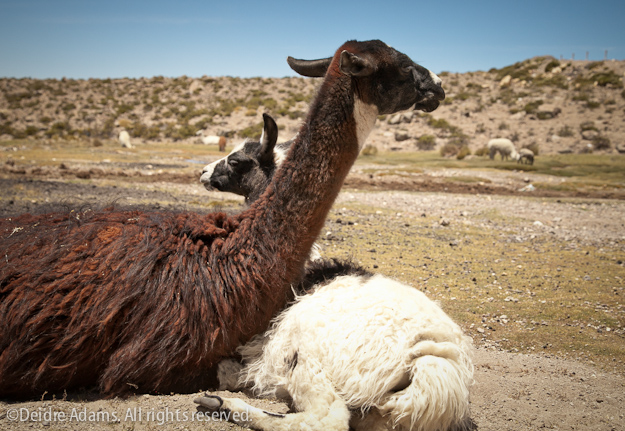
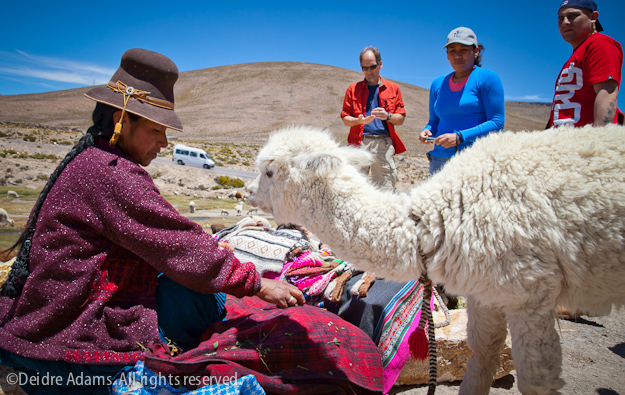
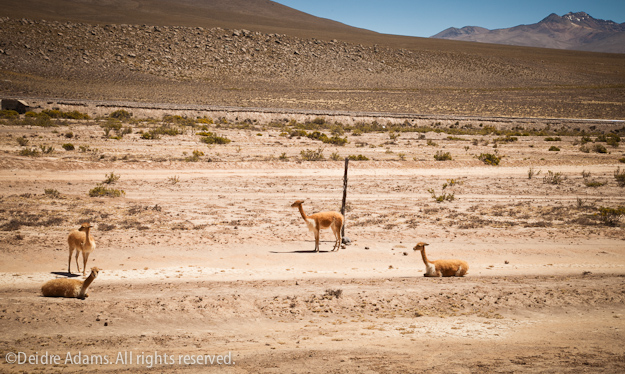
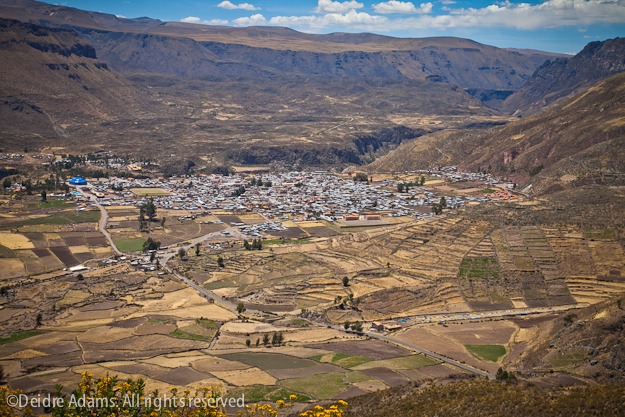
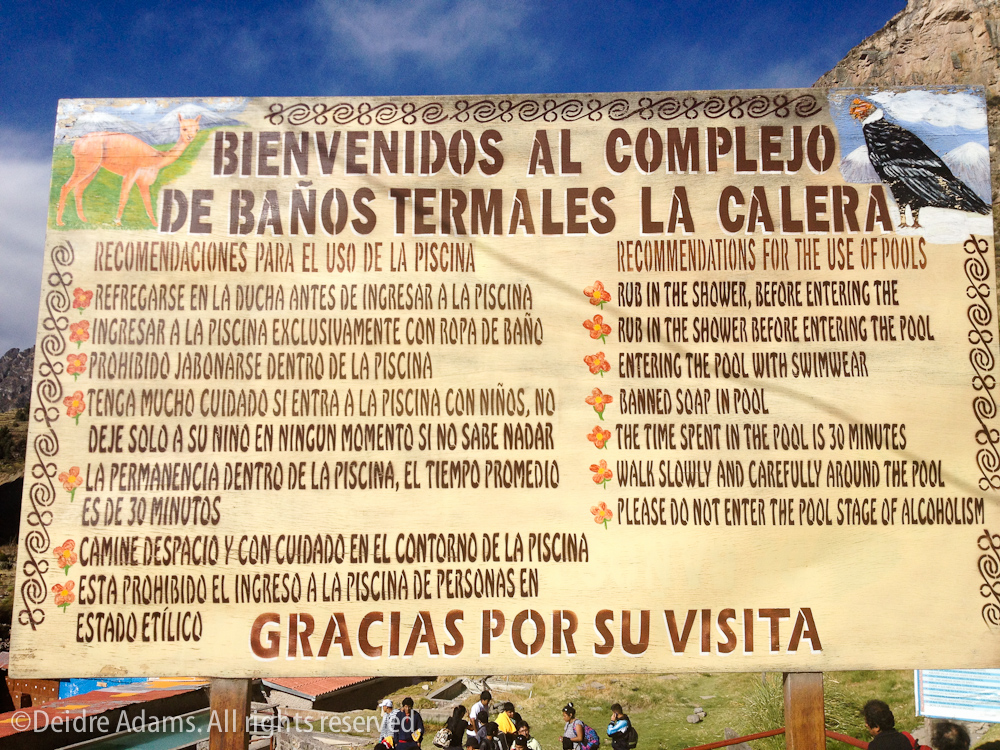
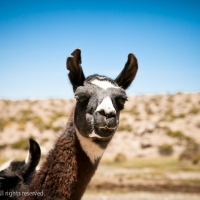
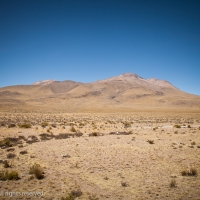
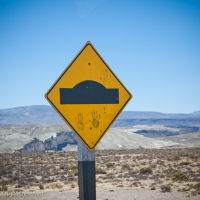
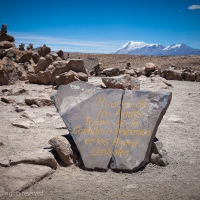
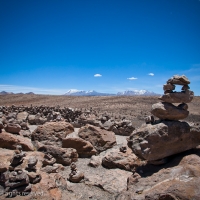
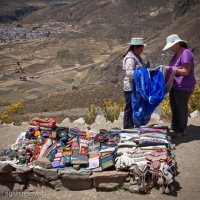
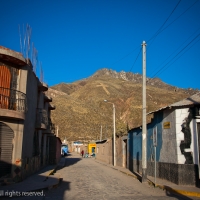
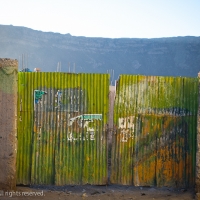
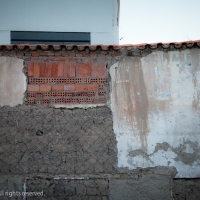
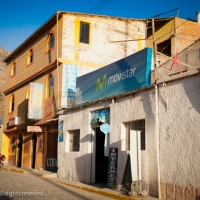
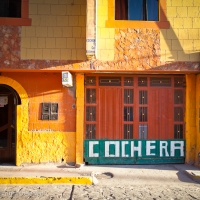

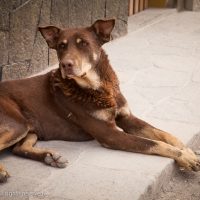

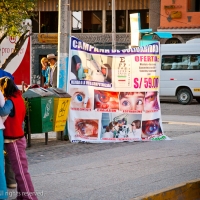
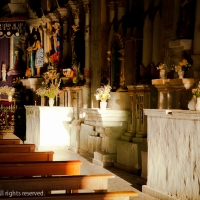
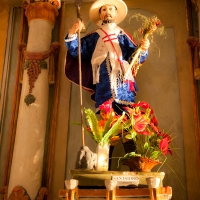
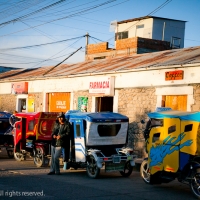
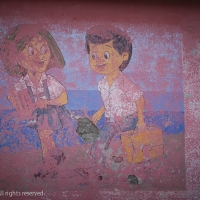
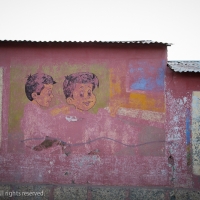
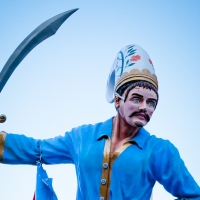
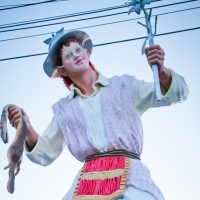
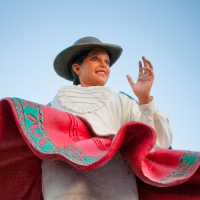
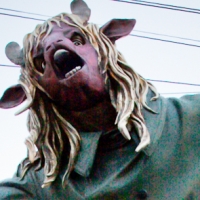
Hello Deidre,
I really enjoyed seeing your photographs and reading your blog post on your travels to Peru.
My wife is from Peru and I had the chance to travel there for 6 weeks (we just returned from our trip 2 weeks ago!).
I am still sorting through my thousands of photos, and I thought you’d be interested to check some of the photos I took. I will be uploading a new post very shortly as I am finalising the last of the photos from the trip South (then I have to do the photos of the trip North).
Love your work! What camera/lens do you use for the bulk of your work?
Kind regards,
Henry
Thanks, Henry. I use a Canon 5D Mark II with 28-105 IS lens. Your photos are great, too. Your statues are much better. By the time we got to them the sun was almost down and I didn’t have much time. Look forward to seeing the next batch. What a luxury to be able to spend so much time there; I envy you!